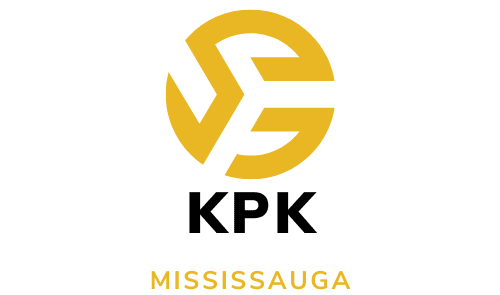template2
April 24, 2024
How to prepare your cottage for sale : a step-by-step guide
February 17, 2024
What types of images can an image generator create ?
February 17, 2024
Do GPT chat and marketing go well together?
Automotive
Business
Revolutionising avian health: the importance of disease prevention and control for sustainable production
Poultry diseases represent a major challenge for the poultry industry, given their considerable economic and health impact. The spread of these diseases can lead to...
Read more
How can ai improve predictive maintenance in the manufacturing sector?
In the manufacturing sector, equipment and machine maintenance is a critical aspect of ensuring smooth operations. However, the traditional methods of maintenance, which often rely...
Read more
What are the business advantages of integrating ai in crm systems?
In the realm of modern business, the intersection of technology and customer relations has become a pivotal point of interest. Companies are continuously seeking methods...
Read more
What is the role of ai in optimizing renewable energy production?
The digital age has ushered in a revolution, transforming the way we live, work and communicate. One area in particular where this revolution is making...
Read more
Cooking
The secret to perfect risotto every time
Risotto, the creamy Italian dish, has a reputation for being difficult, time-consuming, and easy to mess up. However, with the right ingredients and technique, you...
Read more
finance & real estate
January 23, 2024
How to build a real estate brand that stands out
January 23, 2024
How to create a winning real estate sales pitch?
health
Home & Living
January 23, 2024
Wall art wonders: elevating your home decor
January 23, 2024
Home automation for beginners: easy ways to start
News
pets
Training your cat to use a scratching post
Cats are fascinating creatures with instincts that can sometimes clash with the well-being of your home furnishings. Scratching is an innate behavior in cats, essential...
Read more
How to manage shedding in dogs
Shedding is a natural process in the life of a dog. However, when your pet starts to leave tufts of hair on your favorite furniture...
Read more
The benefits of adopting senior pets
Adopting a pet from a shelter can be one of the most rewarding experiences for an animal lover. The joy of providing a home for...
Read more
sports
technology
January 23, 2024
How can AI assist in disaster preparedness and response?
January 23, 2024
How are AI-powered robots assisting in eldercare?
Woman / fashion
How to choose the perfect leather skirt for your body type?
When it comes to fashion, leather has long been an iconic staple. It’s timeless, versatile, and embodies a blend of class and edginess. One piece...
Read more
Copyright 2024. All Rights Reserved
